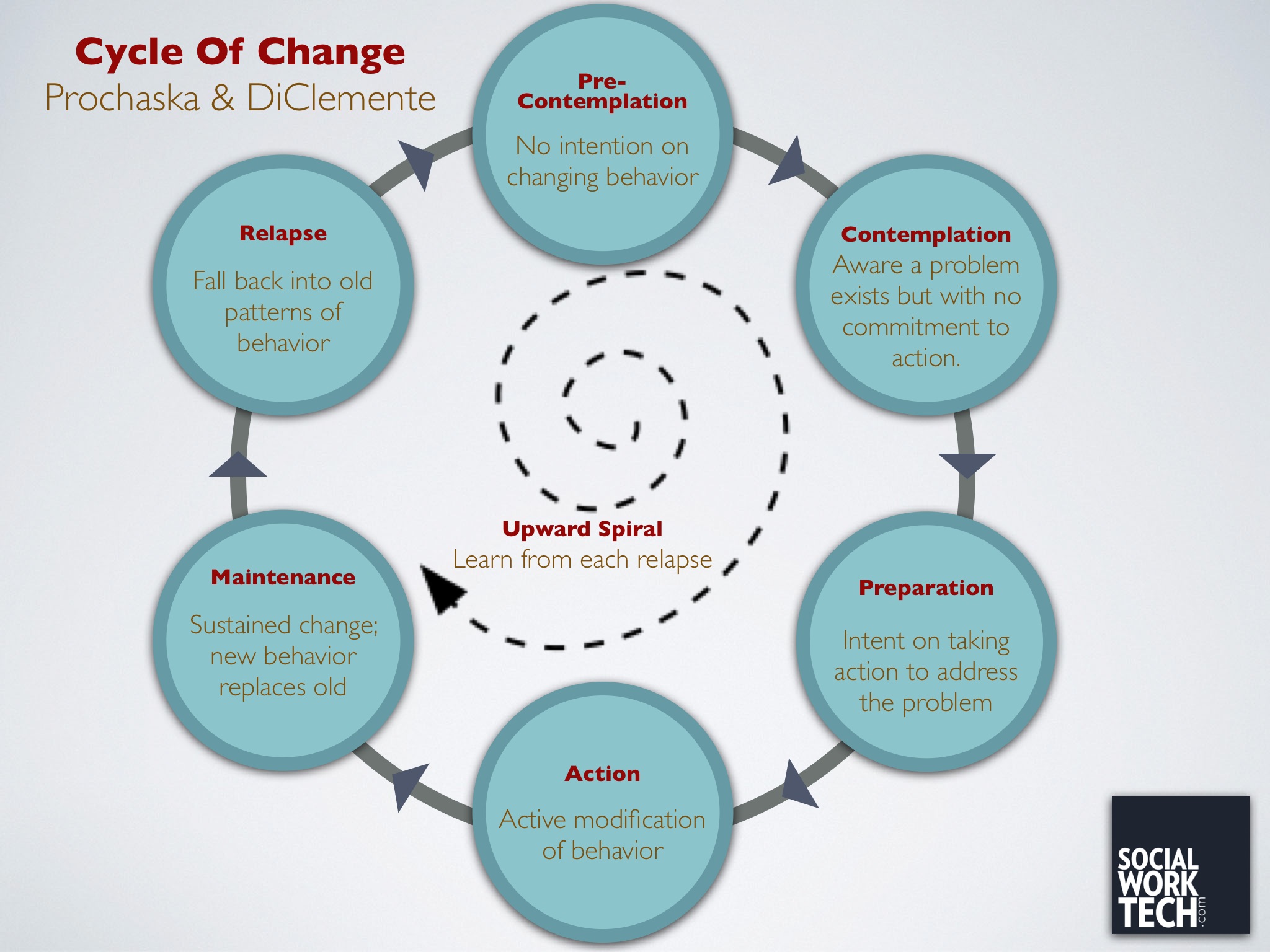
The cyclic model is an alternative theory about the origins of the universe, being based around theoretical physics. It speculates how the universe is everlasting and goes through a cycle of events before starting over again. There are many different variations on the cyclic model with the most recent being produced in 2007 called the Baum-Frampton model. This model bases theories upon the existence of phantom energy, a form of dark energy with the equation w less than -1. There is so much that can be learnt about this concept, just as you can learn a lot about the human body from the best bio tutor.
The cyclic model was first introduced into the scientific community during the 1930’s by theoretical scientists, including well known scientist Albert Einstein. They considered the possibility that the universe was not one fixed event but a continuous infinite loop of events. These early theories were disproved by Richard C. Tolman and his work on thermodynamics. Tolman used the second law of thermodynamics; that entropy of a system not in balance will tend to increase over time, this means that the next universe would last longer than the current one we are in. This means that as you looked back over previous universes they would survive over a shorter time period ultimately ending up where there is a ‘big bang’ like event, which meant it was not replacing the widely accepted theory.
There are currently two models that have no strong disproving evidence, they are the Steinhardt-Turok model and the Baum-Frampton Model. They explain some flaws in the big bang theory but do have areas of concern where more research is necessary.

The Steinhardt-Turok model was created from a collaboration of Paul Steinhardt from Princeton University and Neil Turok of Cambridge University. Their theory is based upon brane cosmology, the idea that our visible universe is constrained to a brane; an object in higher-dimensional space, inside a higher-dimension or otherwise known as the bulk.
Steinhardt and Turoks model theorizes that the universe was created by two branes colliding in the bulk. This collision causes a big crunch immediately followed by a big bang causing the formation of the next universe. According to the theory our visible universe was created in the most recent collision and some time in the future will stop expanding and start to detract before a big crunch occurs and then a big bang when the next universe will form.
This model has overcome the problem of thermodynamics because at the beginning of each new universe entropy has to start building up again so there is no long time build up of entropy. There are many flaws in this model, these include the fact that currently we do not know of the existence of branes or how they would react in a collision or in the bulk. Also the theory bases many of it crucial ideas on string theory which in itself is a controversial topic among scientists.
Another theory, the Braum-Frampton model, bases itself on the fact that ww is the state of dark energy in the universe. The main backbone behind this model is that it theorises that one trillion-trillionth before the big rip would occur an anomaly would occur due to the dark energy causing a small part of our universe to be left after the big rip; this space would contain nothing but dark energy.
This idea allows the model to overcome many of the downfalls of previous models, avoiding things like difficulties with the contraction of matter, matter going through phase transitions, and by overcoming these difficulties the second law of thermodynamics is not broken by a premature bounce.

In the near future the plank satellite will be launched into space to measure w in 2008, this mission will enable the Braum-Frampton model to progress further and allow it further proofs and it may also disprove the theory as it may discover that w is in fact larger than -1 in which case the Braum-Frampton model will be negligible as it does not work if w is greater than -1.
The main aim for the future for this area of theoretical cosmological would be to prove a cyclic model, but this goal is a long time off and may never be reachable if other theories such as the big bang are ultimately proved. A more attainable goal is to find proof that a cyclic model is possible and have it to a degree where it is on par with current evidence for the big bang theory.
